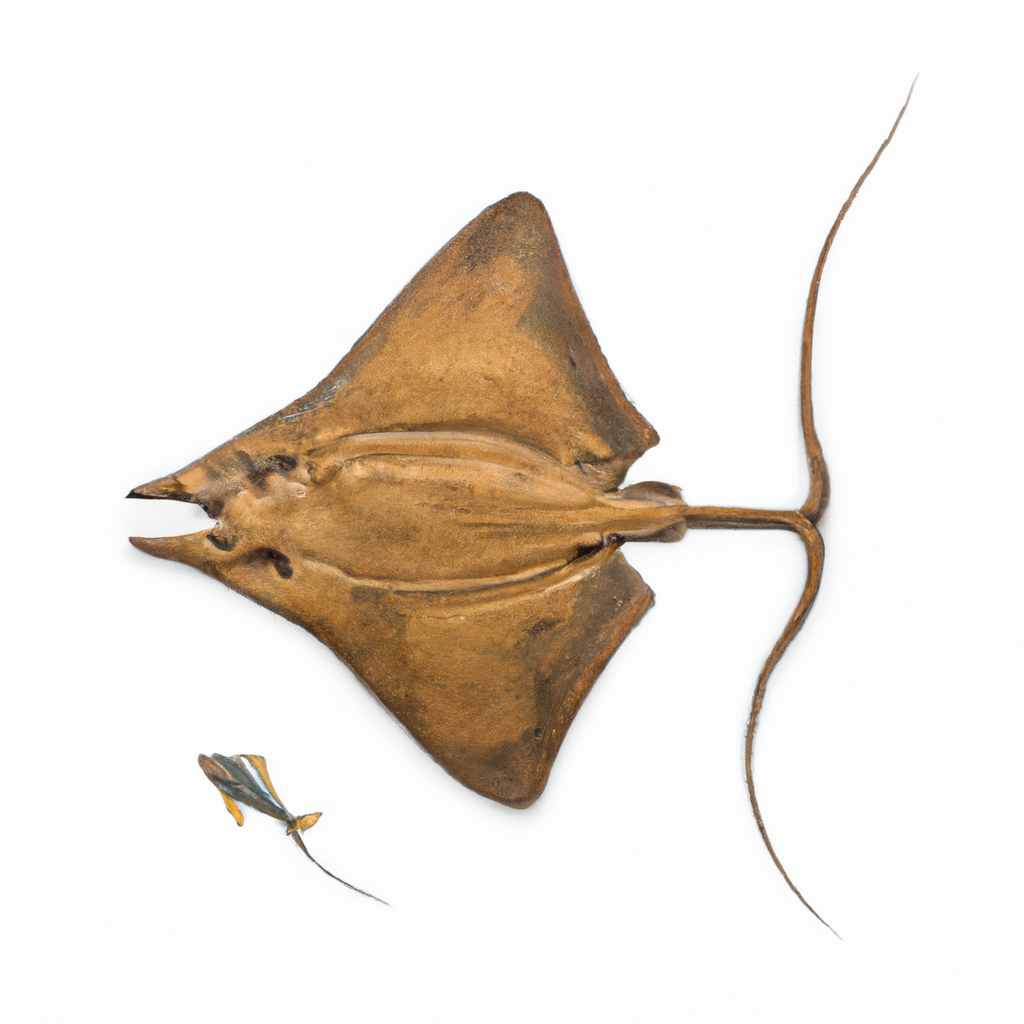
In the heart of New York City, a place unfathomably distant from the tranquil sands where nature once expressed itself through the whispers of the ocean, an extraordinary discovery in the realm of art history emerges. A recently identified ancient sand sculpture of a stingray is now at the forefront of a groundbreaking revision in the timeline of human artistic pursuit. What was once dismissed as a mere symmetrical rock formation has been reevaluated, offering a narrative rich in historical and cultural transformation.
The unveiled artifact, meticulously sculpted by forces unknown, now posits that humanity's engagement with aesthetic expression is far deeper and more complex than previously understood. This sculptural find does not merely depict an oceanic creature; it encapsulates a moment where early humans communicated with their world in a dialect of curves and contours shaped by their hands.
Art historians and archaeologists alike are captivated by the implications of this discovery. The sculpture, believed to predate the earliest known human artworks, suggests that our ancestors may have engaged in artistic endeavors not merely for ritualistic or functional purposes but for beauty itself. Such a realization invites us to reconsider the origins of art as an innate human trait, urging an appreciation that transcends epochs.
This enchanting narrative is currently on exhibit at one of New York City’s most venerable institutions, drawing crowds eager to glimpse this primordial masterpiece. The artifact has sparked discussions among scholars and enthusiasts about the broader, yet intimate, dialogues early humans had with their immediate environments and how these interactions might have shaped the aesthetic foundations of various cultures.
As visitors ponder the ancient stingray, they find themselves immersed in a profound contemplation of humanity's universal quest to interpret and adorn the natural world. Each grain of sand, meticulously arranged, serves as a testament to the timeless desire to create and communicate through art. This sculpture is not just an archaeological treasure but a beacon that illuminates the unwavering human spirit to express and connect.
New York City, with its dynamic confluence of past and present, proves yet again to be a pivotal venue for unveiling the layers of human creativity. This exhibition not only revisits what we know of ancient civilizations but also enriches our understanding of the narrative stabilities and artistic expressions that continue to shape the human experience. As this ancient artwork redefines historical timelines, it also reaffirms art's indispensable role in societal development and the perennial human endeavor to find meaning and beauty in life.